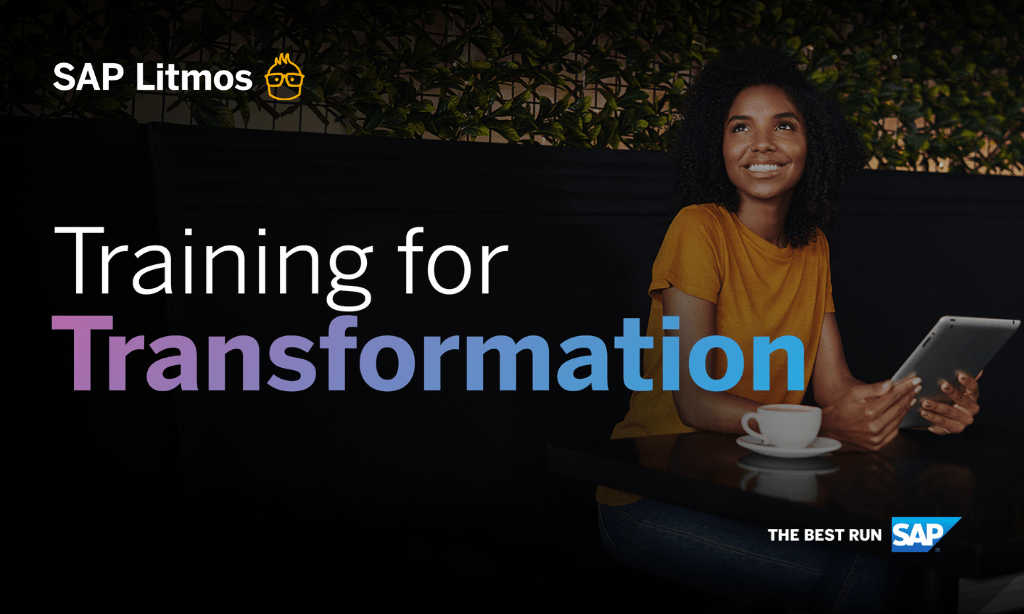Continuous Learning: A Win-Win for Companies and Employees

The truth is, however, that this trend has been building for at least a couple of years. It just seems to have come to a tipping point and now there’s definitely no turning back.
Going back just over a year, consider what Deloitte stated in reference to its Global Human Capital Trends 2016 report, “there has been a shift beyond internal programs aimed at developing people to innovative platforms that enable people to develop themselves, with more than eight in 10 executives (84 percent) viewing learning as an important (40 percent) or very important (44 percent) issue.”
Fast forward to 2018. Here we are at a time in business when learning will be a “very important issue” (for the aforementioned reasons) even more so than a year or two ago. Again, this is not new news and certainly not a cutting-edge, never-before-mentioned concept revealed by the trendiest analyst firm. We and many others have been talking about continuous learning for a while now. However, the reality of delivering on the promise is more attainable than ever. Technology is no longer a barrier. Companies have access to powerful platforms that support the building of a culture of learning, which in turn drives the mission of continuous learning.
Deloitte offers this advice:
“Adopt a learning architecture that supports continuous learning: Dedicate resources, set expectations, and align corporate culture with the goal of enabling employees to get the learning they need, when they need it, at every stage in their careers.”
This is very good advice for the C-level audience Deloitte intended it for. But what if you’re a manager who wants to empower team members, but isn’t sure how and also not sure if you’ll have the budget to cover it? Most managers and directors wouldn’t even enter the conversation if it requires overhauling “corporate culture.” Yikes. And no thanks.
But maybe it doesn’t need to be so lofty. As A.J. O’Connell wrote in a recent Litmos blog: “…the real creation of a culture of continuous learning happens on a smaller scale: on teams and in smaller departments where managers encourage their employees to learn whenever they can. There are many small, every-day steps managers can take to support employees, and build that culture of continuous learning from the ground up.”
Now that’s refreshing. It’s also very possible.
The shift from push to pull learning placed training squarely in the hands of employees. They’re in the driver’s seat and that’s a good thing! With the right learning platform as the foundation, you make it easy for people and teams to create their own learning paths that suit their goals and the goals of the team. Plus, it’s mobile; it’s micro; it’s social — so it WORKS for them!
You no longer need to shove training down people’s throats because “it’s required.” (Ok, there will still be a little bit of that). But beyond that, many of today’s workers know that learning is earning — know more, do better. Grow your skills more, offer more value. Expand your education, be more inspired to contribute to the greater cause.
ATD articulates this point:
“Continuous learning benefits individuals by growing knowledge and skills so they don’t stagnate. The same can be said for organizations that foster a culture of learning. When employees get to look at their work through the lens of new information and ideas, it spurs new and creative ways to complete work or deliver a better product.
The feeling of accomplishment is invigorating to the individual, and the long-term impact to the company can include a range of benefits—including time savings, reduced costs, and most importantly, a more engaged, productive workforce.”
That’s the very definition of a win-win situation. Continuous learning is fantastic for learners themselves and a huge boon to the company, as well. People can define the paths that make them more valuable to the company, more energized, and more productive. On the flip side, the organization can continually improve by fueling its most important resource — a highly skilled, engaged, and innovative workforce.



